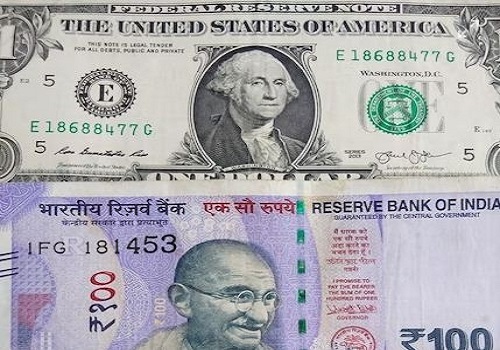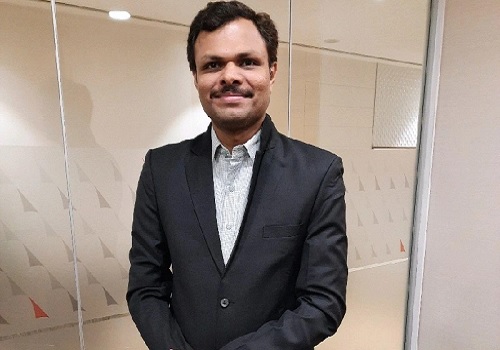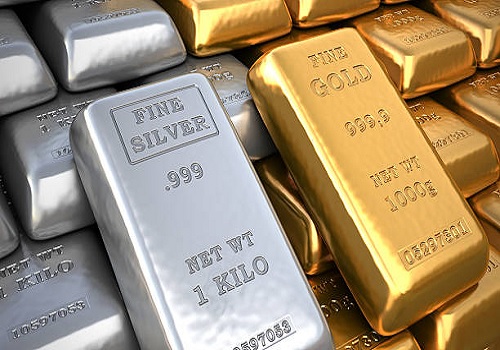Basmati Crop Projected to Increase by 15-20% Due to Higher Acreage and Favorable Conditions by Amit Gupta, Kedia Advisory
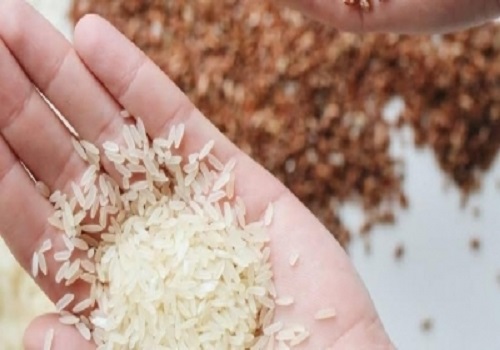
The basmati crop for this year is expected to increase by 15-20% due to expanded acreage and favorable rainfall. The All India Rice Exporters Association (AIREA) anticipates higher crop yields, though precise figures will be confirmed after the upcoming crop survey. Early sown varieties like Pusa Basmati 1509 have seen price drops to Rs 2,300-2,600 per quintal, influenced by an anticipated good crop and Iran's temporary import ban. Despite these challenges, India’s basmati rice exports grew by 15% from April to July, reaching over $2.036 billion. To boost exports further, a review of the minimum export price may be beneficial given the expected increased crop size and ample stock.
Key Highlights
* Basmati crop size expected to rise by 15-20% over last year.
* Increased acreage and favorable rains contributing to the growth.
* Current paddy prices have dropped due to anticipated good crop and export issues.
* Iran's rice import ban impacting basmati prices and exports.
* Indian basmati rice exports grew by nearly 15% in the April-July period.
Prospects for the basmati crop this year are promising, with expectations of a 15-20% increase in crop size compared to last year. This anticipated growth is largely due to expanded acreage and favorable rainfall conditions. Satish Goel, President of the All India Rice Exporters Association (AIREA), indicated that good crop conditions and previous high realisations have led farmers to increase planting areas.
According to Apeda’s survey from kharif 2023, basmati production was 98.45 lakh tonnes with acreage at over 21.35 lakh hectares. While the rise in output will primarily stem from increased area, more accurate yield predictions will be available once AIREA’s upcoming crop survey is completed. Early signs suggest a decline in basmati paddy prices, partly due to the anticipated good crop and current export constraints.
Prices for early-sown varieties, such as Pusa Basmati 1509, have dropped significantly to Rs 2,300-2,600 per quintal from last year's Rs 3,500-3,600. This drop is also influenced by Iran’s temporary ban on rice imports, which has affected both prices and export volumes. The modal price for basmati paddy 1509 was recorded at Rs 2,695 at Jundla in Karnal.
Despite these challenges, India's basmati rice exports saw a robust 15% increase during the April-July period, reaching over $2.036 billion. This growth highlights strong demand from key markets, including Saudi Arabia, Iran, Iraq, and the USA. With an expected increase in crop size and ample carry-forward stocks, it may be prudent for the government to reconsider the minimum export price to further stimulate exports.
Conclusion
With a projected 15-20% increase in crop size and a strong export performance, the basmati rice market is set for a favorable year ahead, contingent on resolving export challenges.
Above views are of the author and not of the website kindly read disclaimer
.jpg)

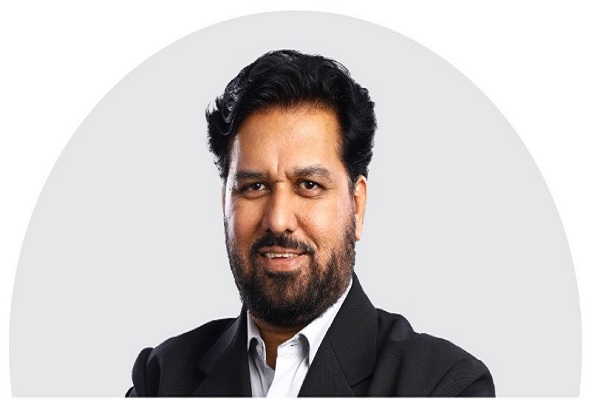
.jpg)


.jpg)

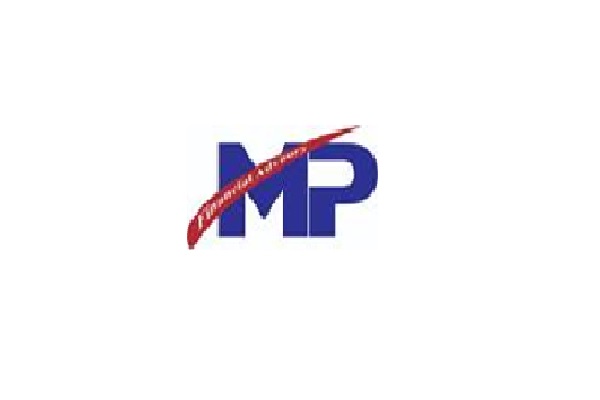

Tag News

Turmeric trading range for the day is 16378-18014 - Kedia Advisory







